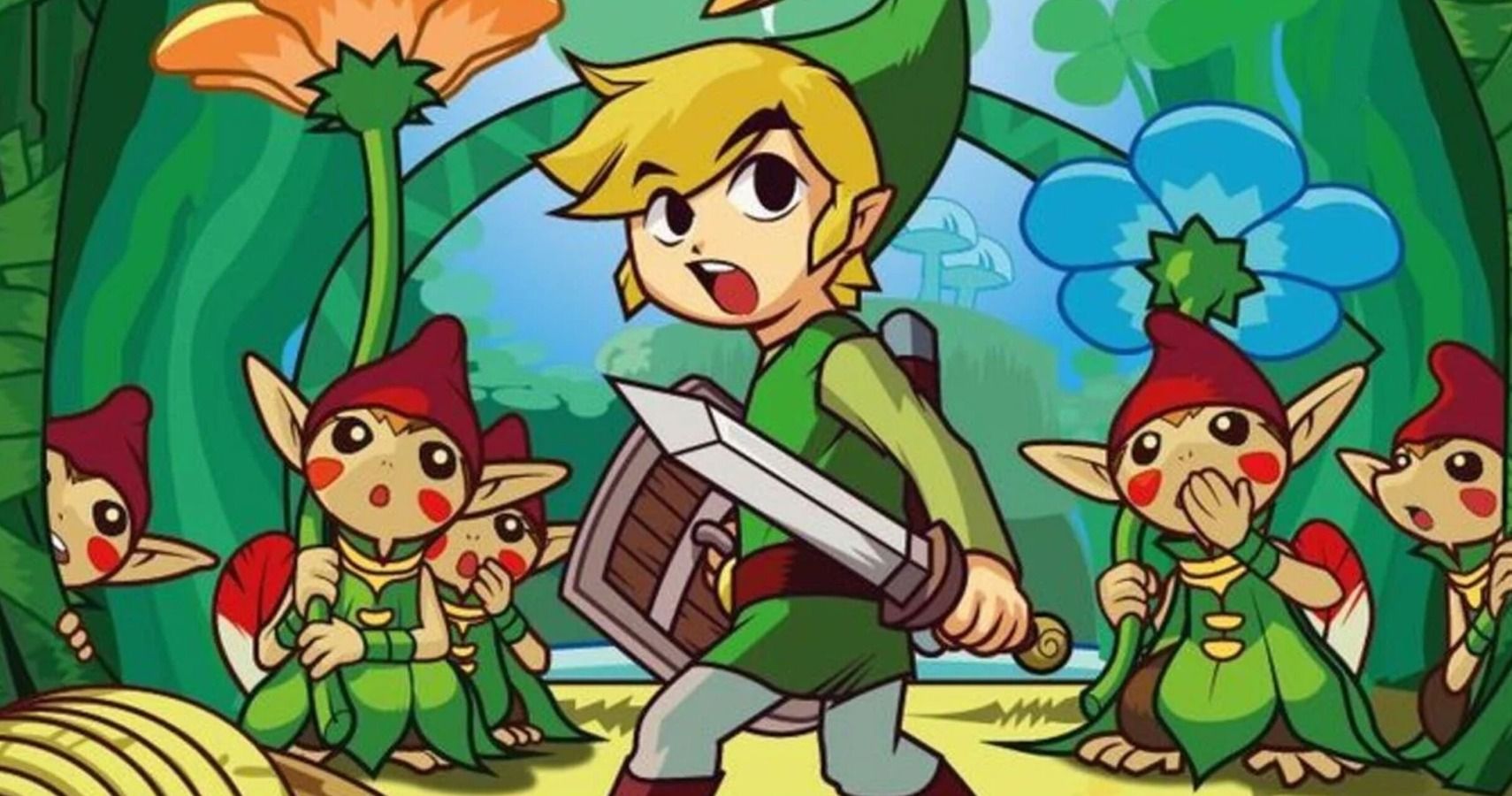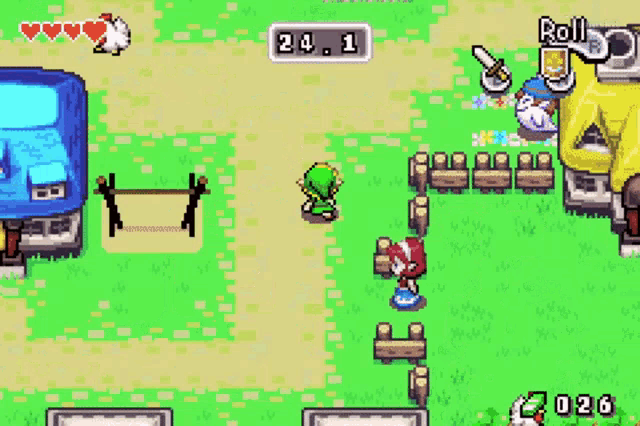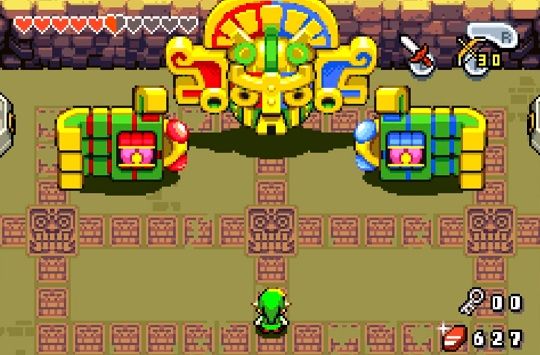The Legend of Zelda: The Minish Cap originally launched for the GameBoy Advance on January 10, 2005. That’s today but 16 years ago, for anyone who has been a bit mixed up with dates since the 500th day of March 2020.
Anyway, I’ve just had a look at Minish Cap and it’s rocking a Fall Out Boy t-shirt and an eyebrow piercing. It’s not a phase, mom (really, it’s not - I still have my nose ring in and I’m 25, which is nine years older than 16). But never mind all of that. The reason I’m writing this short piece on my day off is because Minish Cap has been woefully underappreciated for 16 long and arduous years, and I’m beyond sick of it. Also, I eat, sleep, and breathe Zelda, so you can genuinely trust me on this: Minish Cap is one of the best games of the entire GameBoy Advance era, and it’s a top three Zelda title for me, the self-proclaimed Zelda man.
Again, this is just a short piece. I have plans for my Sunday off (I am going to go outside for my allocated daily exercise and then stare at the wall for approximately seven hours). But I couldn’t miss a golden opportunity to shout about things that everybody alive needs to hear, like how Vaati is miles better at being a villain than Ganondorf, or how Minish Cap has environments on par with those of Majora’s Mask and Twilight Princess (which is a phenomenal game, don’t @ me).
Minish Cap is one of the most “Zelda” Zelda games ever made. It adheres to the conventional structure of previous entries by segmenting itself into frames, dungeonizing even ostensibly open areas until they become traditionally formulaic as per the series’ identity. Its main puzzles are often item-gated, meaning that they are held within other core puzzles, which may or may not be immediately obvious. That might sound irritating, but in Minish Cap, it is not.
This is because Minish Cap’s entire world is pieced together like an intricate machine, all of its individual parts connecting with one another in an invisibly fascinating operation that encourages you to engage with it in increasingly innovative ways. It is such a cohesive Zelda experience that its aesthetic has become the definitive version of the series I inadvertently see when I think about its future. Breath of the Wild is obviously an incredible RPG that will exert monstrous influence on design for years to come, but Minish Cap is much better at being a bonafide Zelda game.
What’s probably the best bit about Minish Cap, though, is its fundamental understanding of what makes Zelda’s storytelling structure actually work. I can summarize the entire plot with immense brevity: Vaati was a Minish apprentice to Ezlo, who he turned into a hat when he became evil. He pretended to be a swordsman and won a contest, then unleashed monsters into the world and took over Hyrule Castle. Your job is to roam the world in order to collect the necessary information and materials to infiltrate said castle to take Vaati down, saving Zelda, her dad, and basically the entire world in the process.
But the game itself does not deal with its narrative in such brevity. It transpires over potentially dozens of hours in which the story is told almost entirely by design - a hole in a ginormous barrel, a treacherous and temporarily untraversable swamp, a tree trunk that transforms you into a microscopic version of yourself, blowing the macrocosmic world around you into a universe of opportunity. Zelda stories are best told with puzzles and magic - Minish Cap knows this well.
I could discuss this forever, but I’d prefer to leave Minish Cap room to speak for itself. All I’ll say is this: if you haven’t played it before, I would highly recommend that you do so, especially if you consider yourself a Zelda fan. If you have played it, you might remember the game differently to me - although I play it around once a year, at least for a while, and it never ceases to amaze me. That’s largely attributable to the entire point this article has made: it’s a Zelda game like no other, primarily because of how inherently “Zelda” it emphatically is. It is unapologetic in its acknowledgement of what makes this series special in the first place, and brazen in its execution of exactly that.



